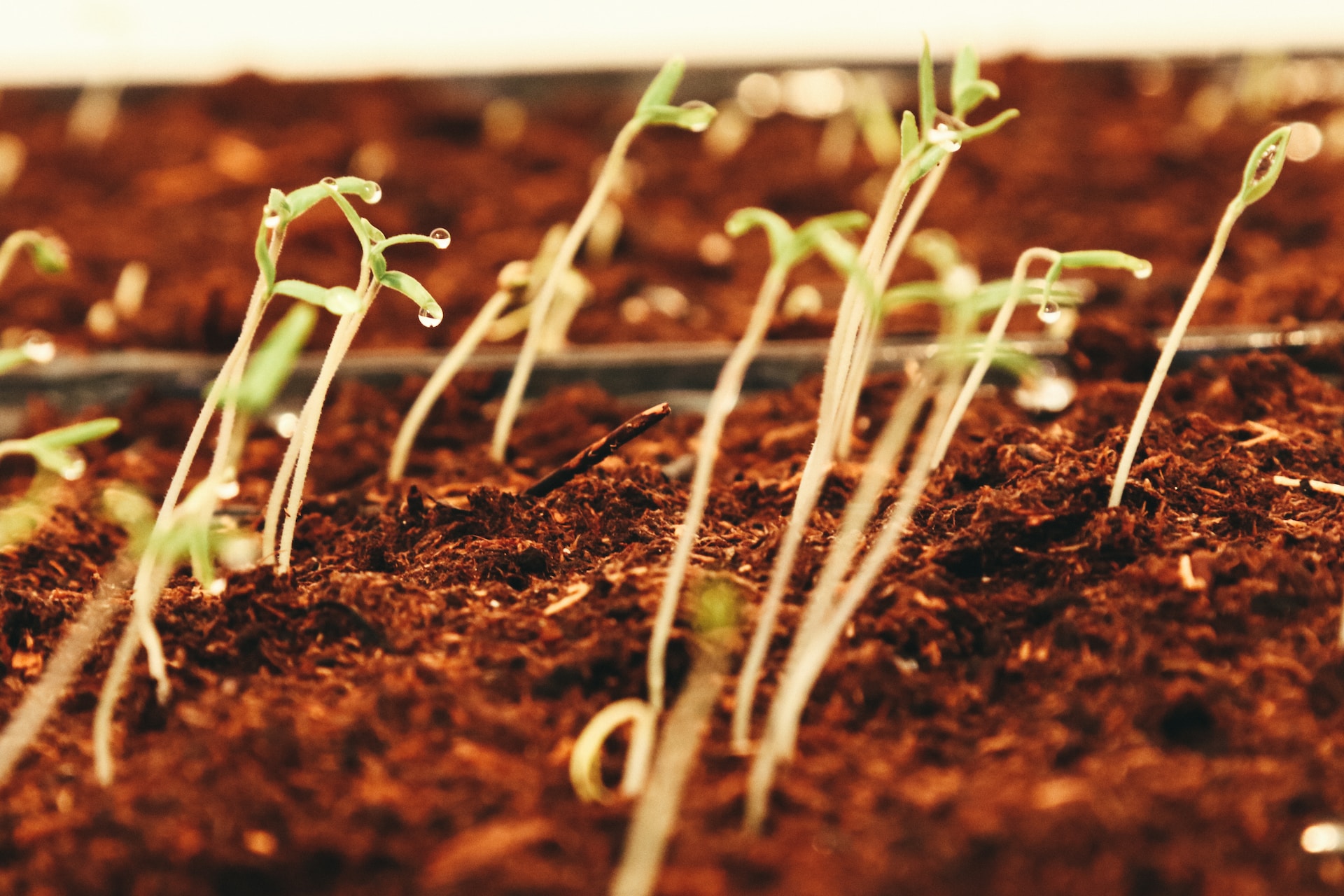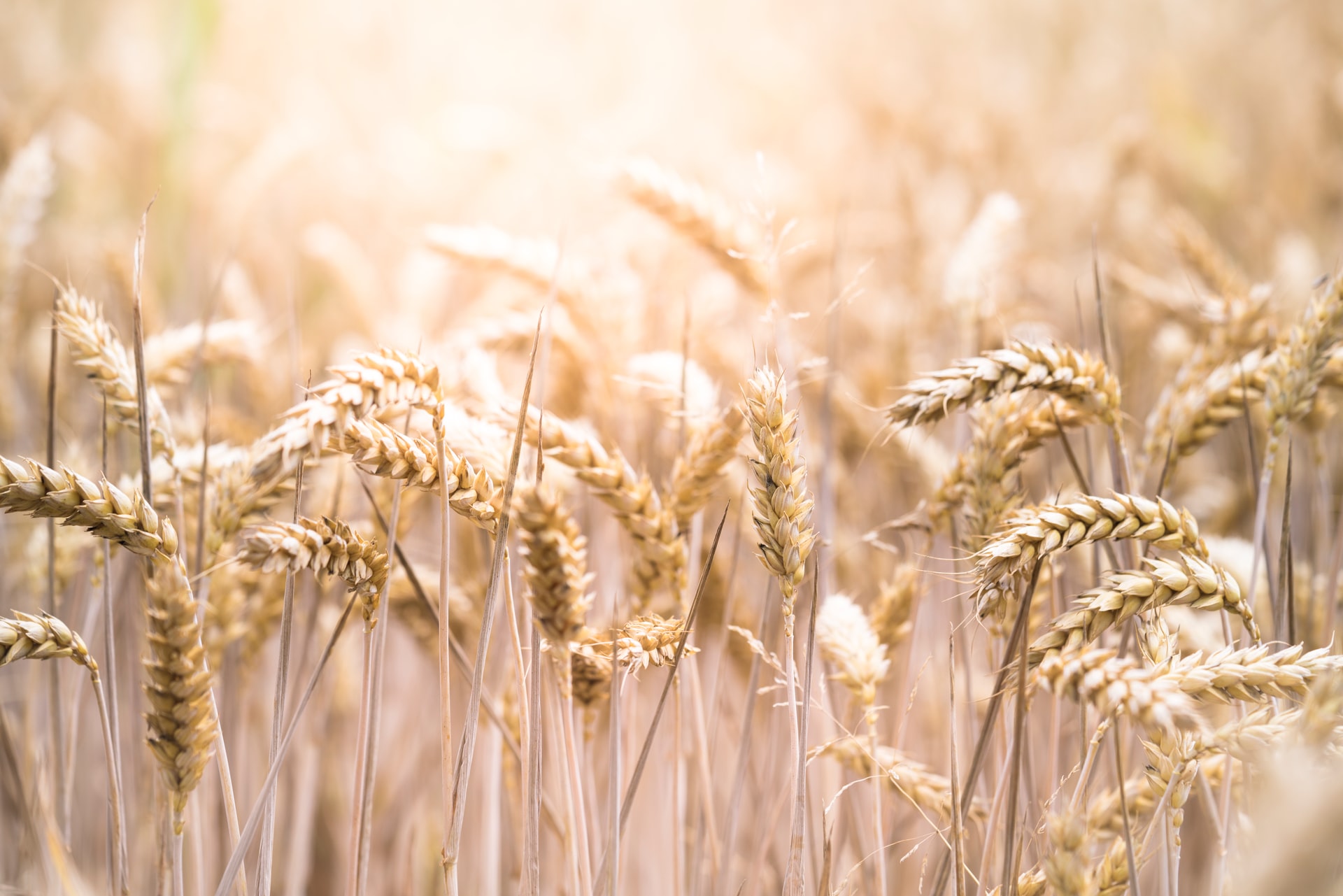A spotlight on Maximum Residue Limits
By James Urquhart & Adrian Reginato
24th May, 2023
The recent announcement that the European Union is planning to reduce the Maximum Residue Limit (MRL) for haloxyfop on canola has been widely discussed and will have been digested by most readers. The significance of this change should not be ignored by canola growers and other supply chain stakeholders, as it brings with it the necessity for us, as an industry, to adjust our practices to ensure we retain our hard-won reputation as a preferred exporter of canola seed into the European Union.
The EU is an essential buyer of Australian canola seed taking delivery of up to 75% of our exports in recent years. Inability to access this market would mean that Australia is forced to find alternative export customers which would most likely equate to lower canola prices.
MRL’s refer to the highest amount of pesticide residue that is legally permitted to be present on a food or feed such as grains and oilseeds. They are set by governments to help ensure that products are safe for human and animal consumption, and failure to comply with a jurisdiction’s MRL can cause shipments to be rejected and in the worst case can severely restrict or prevent access to important export markets.
Grain produced by Australian growers has a very high compliance rate against Australian MRL’s as evidenced by the results of the National Residue Survey administered by the Department of Agriculture Fisheries and Forestry. However, many of the export markets for Australian grains have lower MRL’s than Australia’s which means that grain handlers and exporters need to implement management practices such as requesting Commodity Vendor Declarations and conducting pre-shipment chemical residue testing to help ensure compliance. In some cases, if the risk of complying with MRL’s is deemed to be too high, exporters may choose not to ship grain to that particular market. This creates what is referred to as a ‘technical barrier to trade’ which the Australian Government try and overcome through Government-to-Government negotiations.
Despite the generally high compliance rates there have been instances in the past where both container and bulk export shipments have been rejected by the importing country due to non-compliance with the importing country’s MRL’s, resulting in significant financial losses for the exporter.
Across the globe we’re seeing a general trend in the lowering or removal of MRL’s. This is happening for a variety of reasons, including chemicals not being supported by the chemical manufacturer for commercial reasons when periodic reviews are conducted, new scientific information becoming available about a particular chemical and changes to Government policy about how pesticides are assessed. The changing of MRL’s often means producers are forced to make changes that negatively impact their ability to grow crops or market their grain. Fortunately, in this instance with haloxyfop there are alternative chemistries available, and with enough warning it is hoped that growers can adjust to meet the new requirements with minimal impact to their bottom line.
Sowing the focus

Growers are deep into their winter crop sowing programs and within a few weeks, they'll have finish line in sight....
Read MoreMarkets trading fundamentals, not headlines

As we draw a close to the traditional sowing window for canola and open for main season wheat on the east coast of Australia, the sowing conditions for the most part, are favourable at worst.....
Read MoreA big break for most

While crops aren't made in Autumn it certainly doesn't hurt to have the start to seeding most Australian growers are enjoying to this point....
Read MoreEyes on weather forecasts, and market opportunities

As we move past another Anzac Day on the calendar, sowing across the state is at various levels of completion. Many areas are sowing into good moisture whilst there is....
Read MoreThe mid-year grind

As the nations' yellow bins groan under the collective weight of Easters' excess and the rigmarole of Term 2 begins, the grains industry enters...
Read More